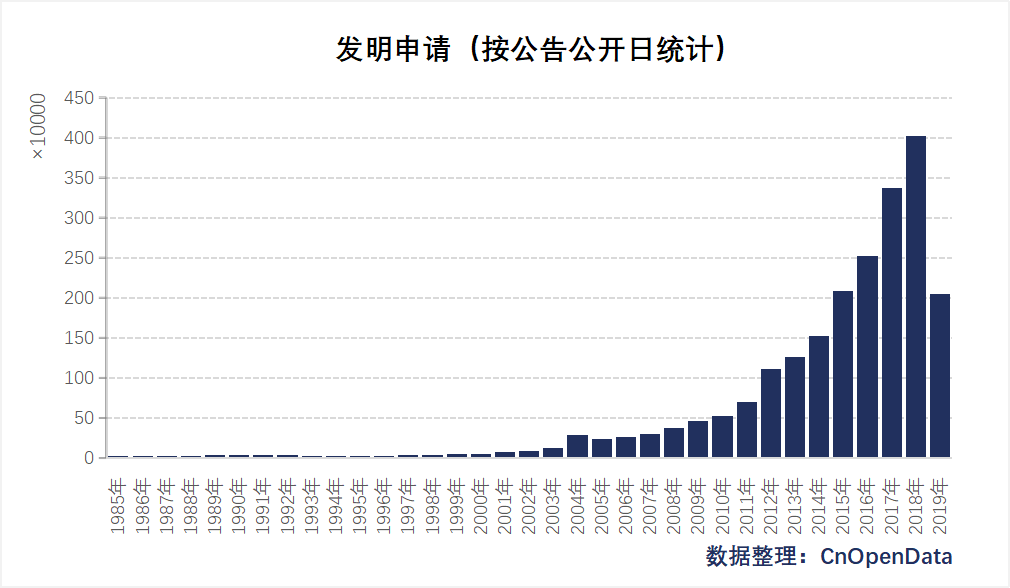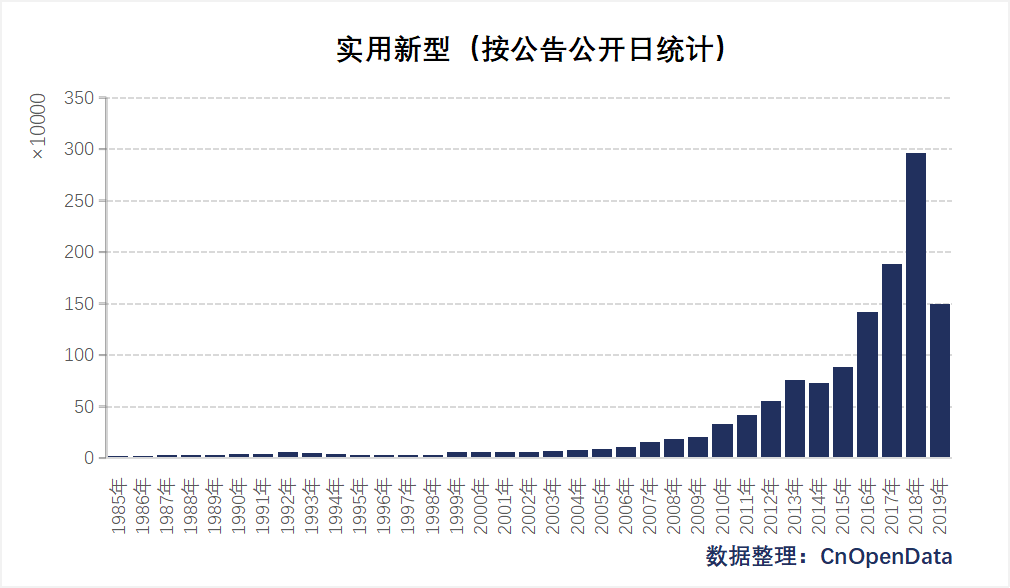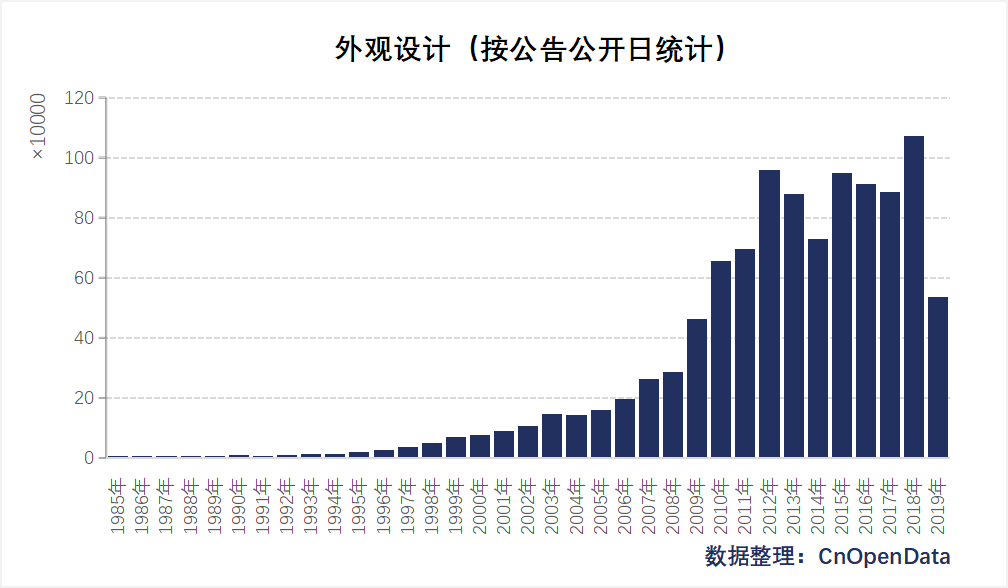According to statistics from the Ministry of Commerce, China's invention patent applications have ranked first in the world for eight consecutive years as of 2018. However, the quantity of patents does not equate to quality. Just as citation counts serve as crucial indicators of academic paper quality, patent citation counts represent a core metric for assessing patent quality.
Patent citation refers to the practice where a patent is cited by subsequent patent applicants or examiners, indicating technological connections between patents. Originating from the Science Citation Index (SCI), patent citations form a knowledge network through references in technical documents. As early as February 1947, the United States Patent and Trademark Office (USPTO) began listing relevant references in granted patent documents to evaluate patent claims. Currently, patent citation information generally comes from two sources:
- First, references provided by inventors during the application process, typically in sections like "Background Art" of patent specifications, to differentiate their inventions from prior art and demonstrate novelty. For instance, the U.S. patent system mandates applicants to disclose all relevant technical materials through an Information Disclosure Statement (IDS); failure to do so may result in patent invalidation.
- Second, references added by patent examiners during the review process. To assess the novelty and inventiveness of a patent, examiners conduct prior art searches to identify existing technologies closely related to the claimed invention.
Patent citation data serves at least two key functions:
- Tracking technological evolution and knowledge flows. Since Narin (1994) introduced bibliometrics into patent analysis, patent citations have been recognized as objective indicators of knowledge linkages. When a patent cites prior patents, it suggests the utilization of knowledge embedded in those earlier works. Patent citation networks reveal dynamic innovation processes and patterns of knowledge transfer across sectors and industries.
- Measuring innovation quality and value. Innovation evaluation extends beyond quantity to quality, as the significance of patents varies substantially. Simple patent counts cannot fully capture innovation dynamics, whereas citations help assess patent quality and innovative value.
The seminal work Patents, Citations, and Innovations by Adam Jaffe and Manuel Trajtenberg demonstrates how patent citation relationships can analyze patent value and technological trends.
Following the patent classification system of China's Patent Law, CnOpenData's patent citation database categorizes data into three types: Invention Patents, Utility Models, and Design Patents, encompassing citation information for all Chinese patents.
Database Application Guide
Reprint: What Research Can Be Conducted Using Patent Citation Data?
Reprint: Understanding the Relationship Between Patent "Citation Counts" and Patent Value
Reprint: Mining High-Value Patents from Chinese Universities - Big Data Analysis of Inventor Citations
Time Coverage
Statistics based on publication dates:
- Chinese Invention Patent Applications: 1985.09.10-2019.06.28
- Chinese Utility Model Patents: 1985.09.10-2019.06.28
- Chinese Design Patents: 1985.09.10-2019.06.28
Data Scale
Primary tables display date distributions and data volumes



Field Specifications
Chinese Patent Information Table Fields
Chinese Patent Citation Table Fields
Sample Data
Chinese Invention Patent Application Information Table
Chinese Utility Model Patent Information Table
Chinese Design Patent Information Table
Chinese Patent Citation Table
References
- Zhao Ziye, Yang Qing, Chen Jianbo, 2018, "Generalist vs. Specialist: CEO Skill Structure and Corporate Innovation", Management World, No.2.
- Almeida, P., 1996, "Knowledge Sourcing by Foreign Multinationals: Patent Citation Analysis in the U.S. Semiconductor Industry", Strategic Management Journal, Vol.17, 155-165.
- Moser, P., J. Ohmstedt and P. W. Rhode, 2018, "Patent Citations-an Analysis of Quality Differences and Citing Practices in Hybrid Corn", Management Science, Vol.64, 1926-1940.
- Jaffe, A. B., M. Trajtenberg and M. S. Fogarty, 2000, "Knowledge Spillovers and Patent Citations: Evidence from a Survey of Inventors", The American Economic Review, Vol.90, 215-218.
- Jaffe, A. B., M. Trajtenberg and R. Henderson, 1993, "Geographic Localization of Knowledge Spillovers as Evidenced by Patent Citations", The Quarterly Journal of Economics, Vol.108, 577-598.
- Roach, M. and W. M. Cohen, 2013, "Lens or Prism? Patent Citations as a Measure of Knowledge Flows from Public Research", Management Science, Vol.59, 504-525.
- Thompson, P. and M. Fox-Kean, 2005, "Patent Citations and the Geography of Knowledge Spillovers: A Reassessment", The American Economic Review, Vol.95, 450-460.
Update Frequency
Annual updates
